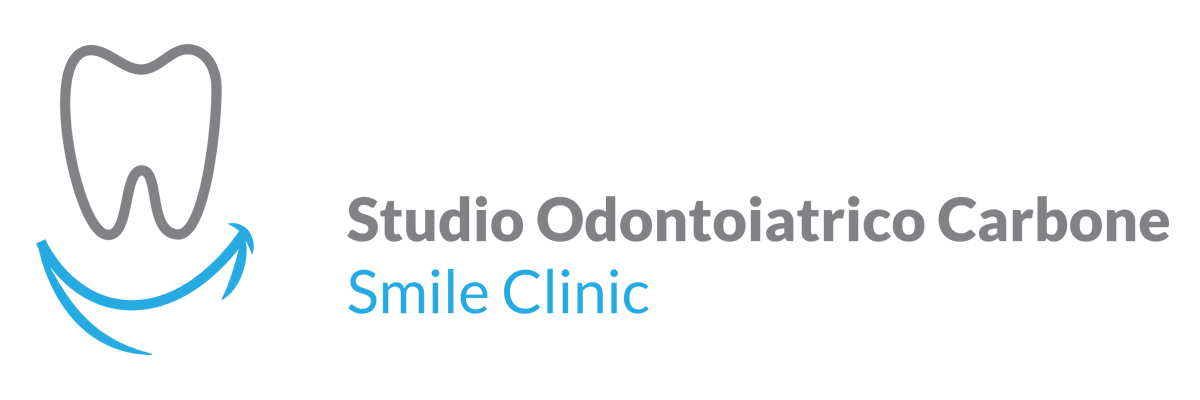
Teeth Cleaning
Teeth cleaning is part of oral hygiene and involves the removal of dental plaque from teeth with the intention of preventing cavities (dental caries), gingivitis, and periodontal disease. People routinely clean their own teeth by brushing and interdental cleaning, and dental hygienists can remove hardened deposits (tartar) not removed by routine cleaning.
Brushing
Careful and frequent brushing with a toothbrush helps to prevent build-up of plaque bacteria on the teeth. Electric toothbrushes were developed, and initially recommended for people with strength or dexterity problems in their hands, but they have come into widespread general use. The effectiveness of electric toothbrushes is superior.
Flossing
In addition to brushing, cleaning between teeth may help to prevent build-up of plaque bacteria on the teeth. This may be done with dental floss or interdental brushes. 80% of cavities occur in the grooves, or pits and fissures, of the chewing surfaces of the teeth. Special appliances or tools may be used to supplement toothbrushing and interdental cleaning.
Scrubbing
Teeth can be cleaned by scrubbing with a twig instead of a toothbrush. Plant sap in the twig takes the place of toothpaste. In many parts of the world teeth cleaning twigs are used. In the Muslim world the miswak or siwak is made from twigs or roots that are said to have an antiseptic effect when used for cleaning teeth.
Most dental hygienists recommend having the teeth professionally cleaned every six months. More frequent cleaning and examination may be necessary during treatment of dental and other oral disorders. Routine examination of the teeth is recommended at least every year. This may include yearly, select dental X-rays. See also dental plaque identification procedure and removal.
